Shewan Sharif
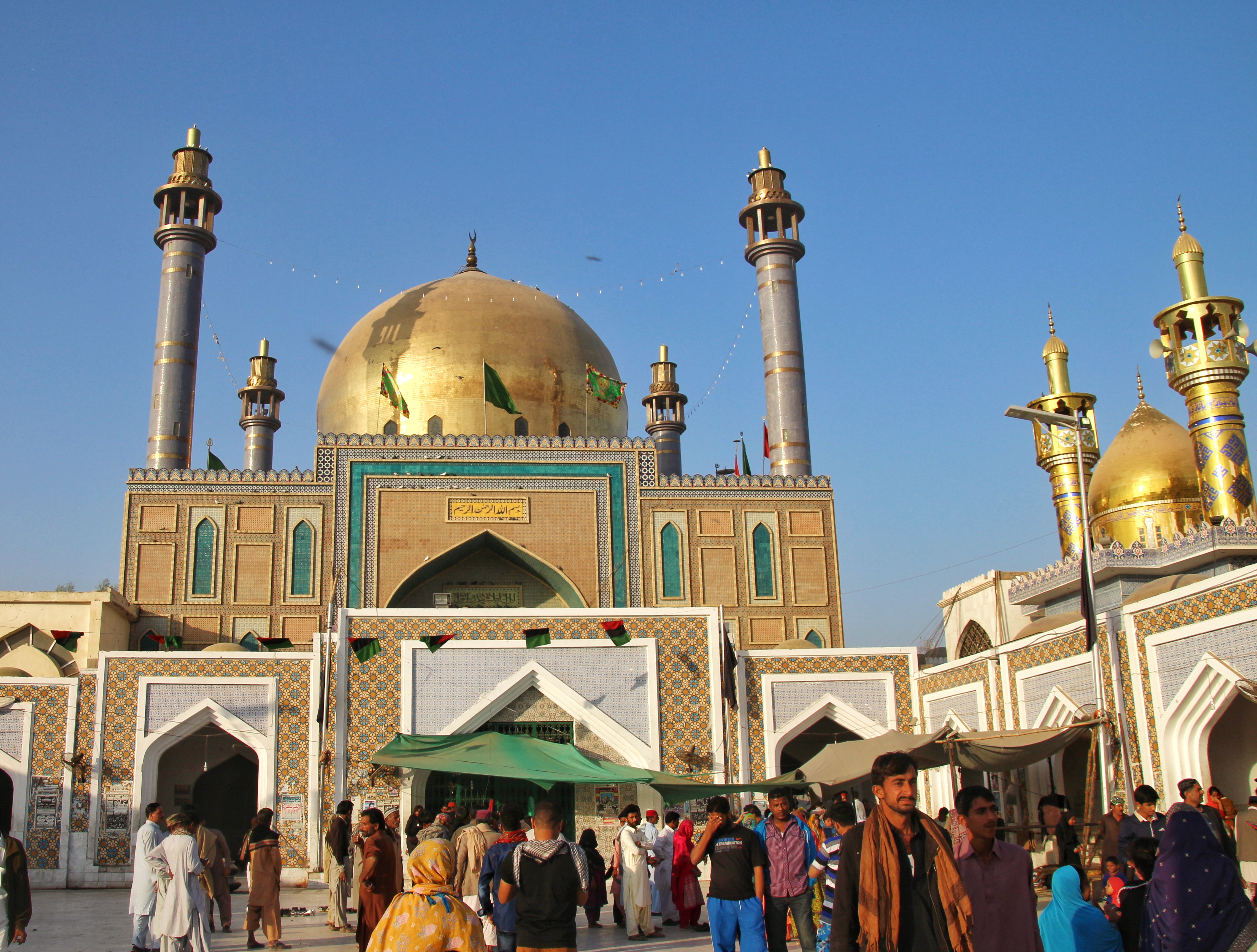
Introduction
Shewan Sharif is a revered spiritual site located in the Dadu District of Sindh, Pakistan. It is famous for the shrine of Hazrat Shah Abdul Latif Bhittai, one of Sindh’s greatest Sufi poets and saints. The site attracts thousands of devotees and visitors every year.
Historical Background
The shrine commemorates the life and teachings of Shah Abdul Latif Bhittai (1689–1752), whose poetry and philosophy emphasize love, humanity, and devotion. Shewan Sharif serves as a center for Sufi culture and spiritual gatherings.
Architecture and Features
- Shrine Complex: The shrine is beautifully constructed with intricate tile work and traditional Sindhi architectural elements, including arches, domes, and decorative motifs.
- Mausoleum: The tomb of Shah Abdul Latif Bhittai is the centerpiece, drawing pilgrims who come to pay homage and seek blessings.
- Courtyards and Spaces: Large open areas accommodate religious ceremonies, especially during the annual Urs festival.
Cultural Significance
Shewan Sharif is not only a religious site but also a cultural beacon representing Sindhi identity, poetry, and spiritual heritage. The shrine and its annual festivities promote messages of peace, tolerance, and unity.
Festivals and Events
The annual Urs festival, held to commemorate Shah Abdul Latif Bhittai’s death anniversary, features devotional music (known as Sindhi Sufi music), poetry recitations, and gatherings of devotees from across the region.
Quick Facts
- Location: Dadu District, Sindh, Pakistan
- Associated Saint: Shah Abdul Latif Bhittai (1689–1752)
- Known for: Shrine and Sufi cultural heritage
- Annual Event: Urs festival attracting thousands of devotees
- Architectural Style: Traditional Sindhi with Islamic influences
Image Gallery
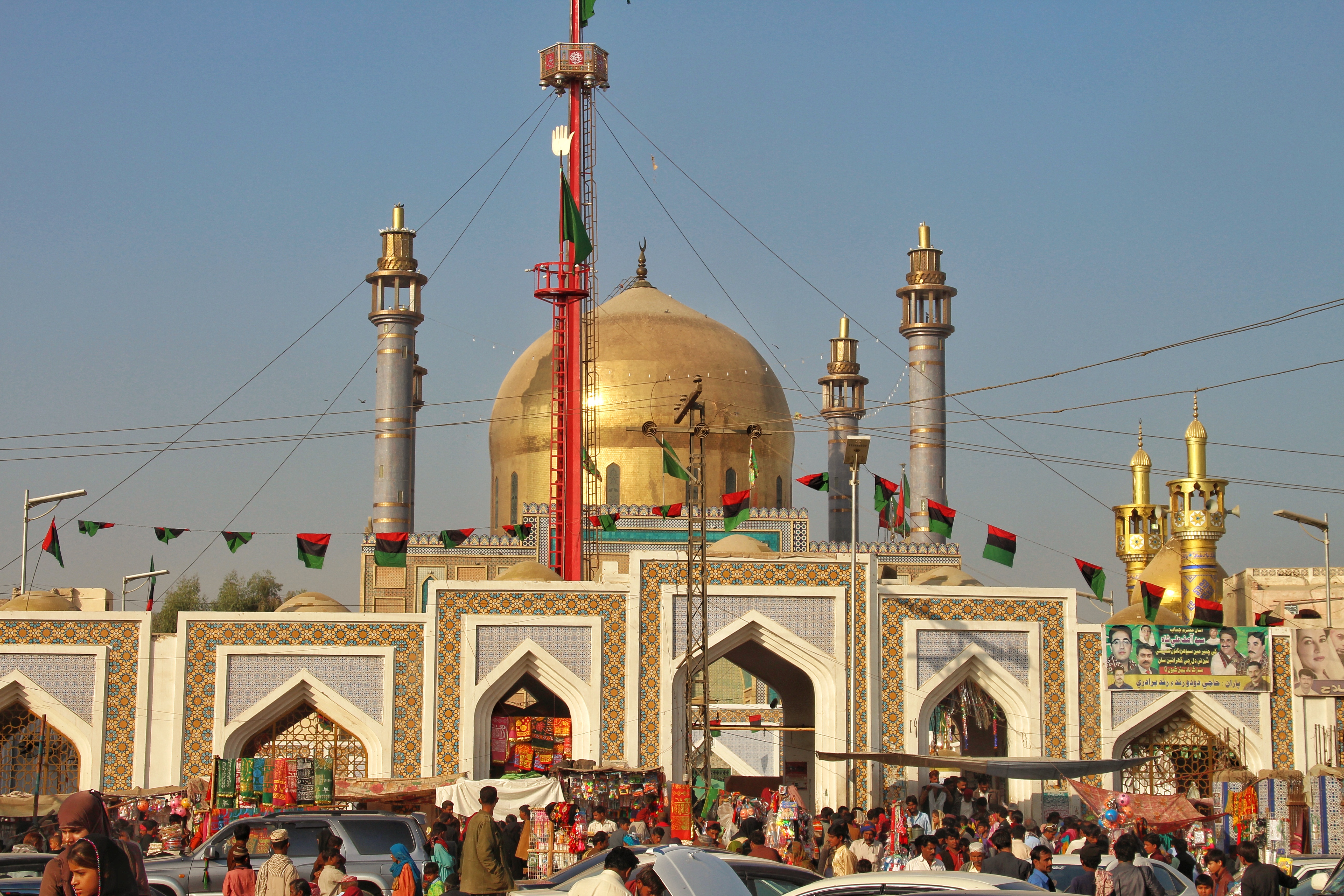
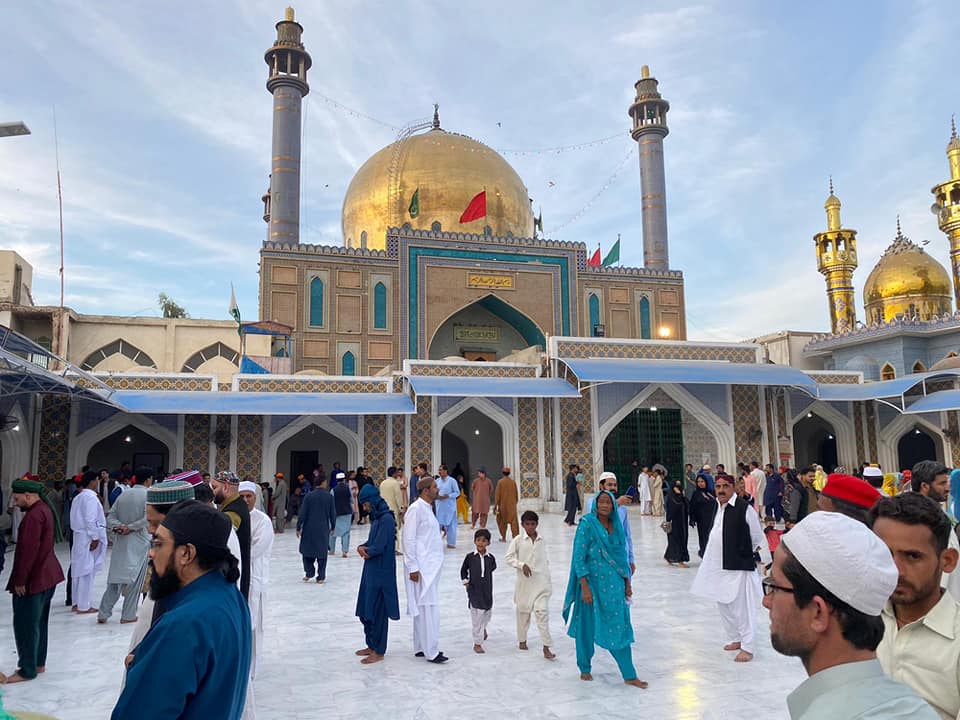
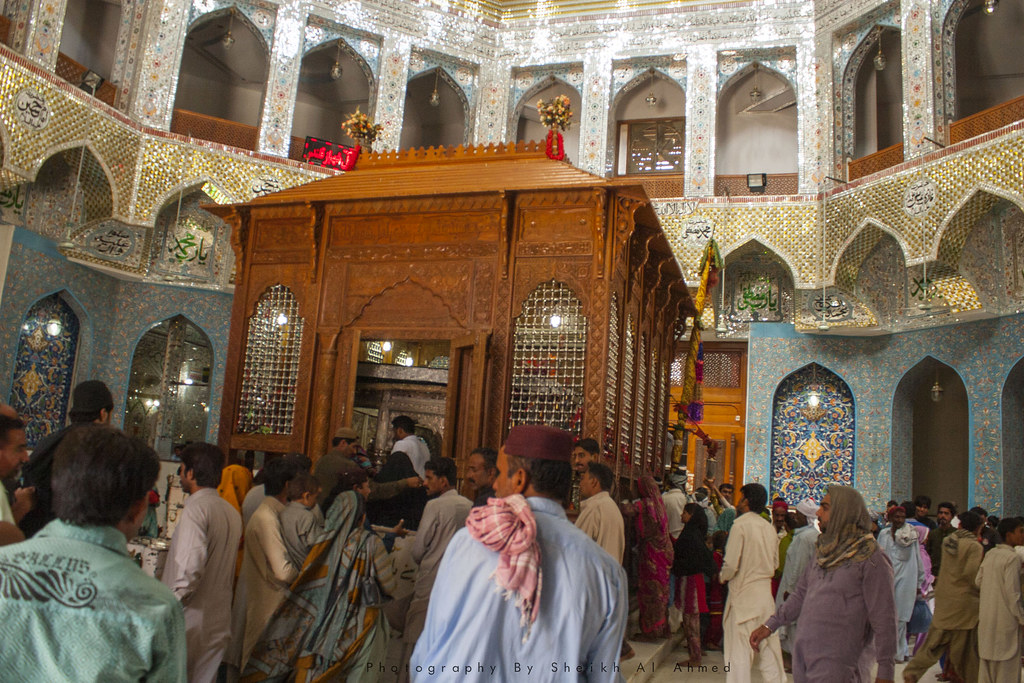
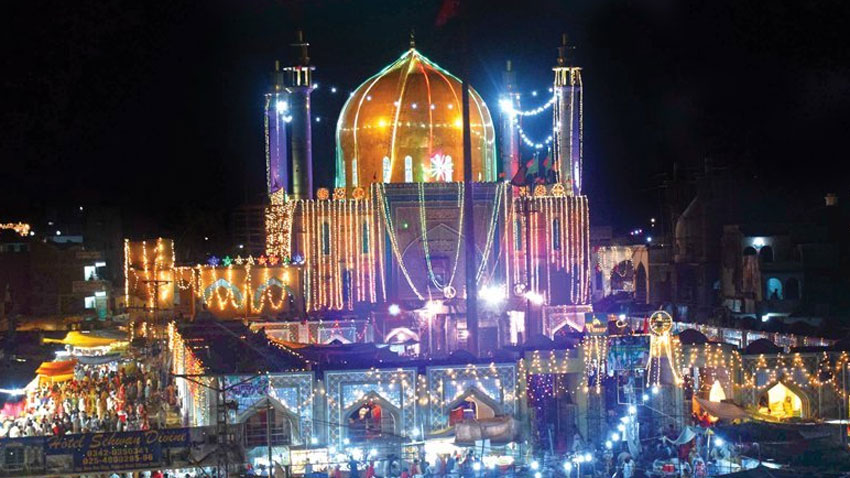
Shahbaz Qalandar Shrine
Location: Sehwan Sharif, Sindh, Pakistan
The shrine of the revered Sufi saint Lal Shahbaz Qalandar, a symbol of spiritual unity and devotion. It draws thousands of pilgrims annually and holds immense cultural and religious significance in Sindh.
Learn more